1. The Built-In GPS of the Animal Kingdom
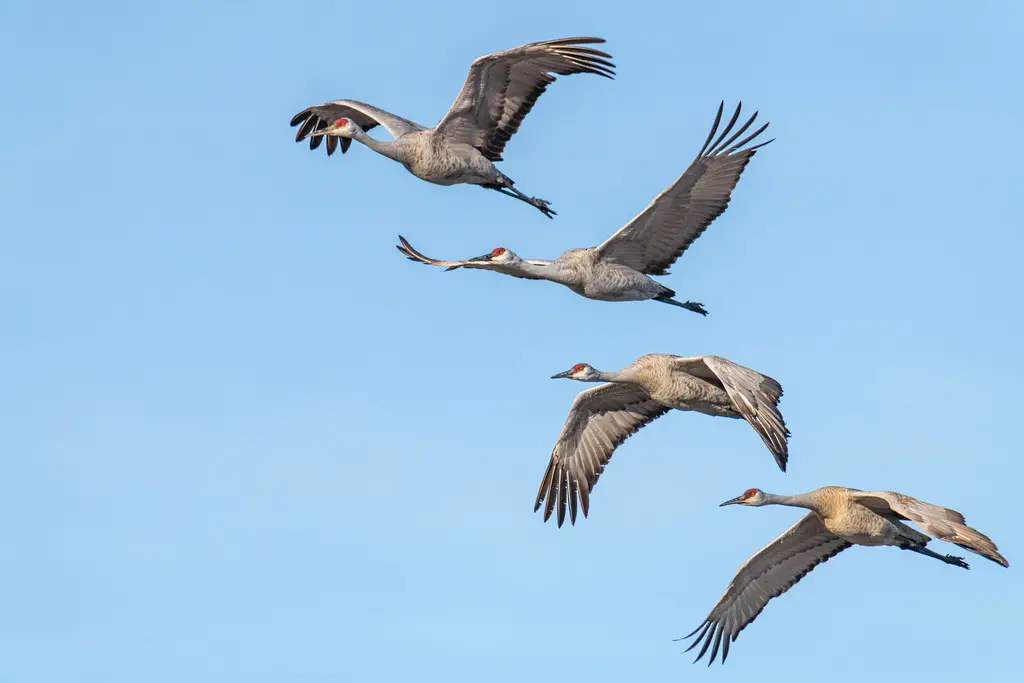
Imagine taking a road trip without a map, a GPS, or even road signs—just instinct guiding you thousands of miles to a destination you’ve never been before. That’s exactly what birds do when they migrate. Whether they’re traveling across continents or simply moving to a warmer climate for the season, birds have an uncanny ability to find their way with stunning accuracy. Scientists have long been fascinated by this natural navigation system, and while they don’t have all the answers, they’ve uncovered some incredible clues.
Birds rely on multiple navigational tools at once, including the Earth’s magnetic field, the position of the sun and stars, and even subtle landscape features like mountains and rivers. Some species imprint migration routes from their parents, while others are born knowing exactly where to go. What’s even more mind-blowing? Many birds make their first migration alone, with no one to guide them. Yet, against all odds, they arrive exactly where they need to be—year after year, generation after generation.
2. Reading the Earth’s Magnetic Field Like a Map
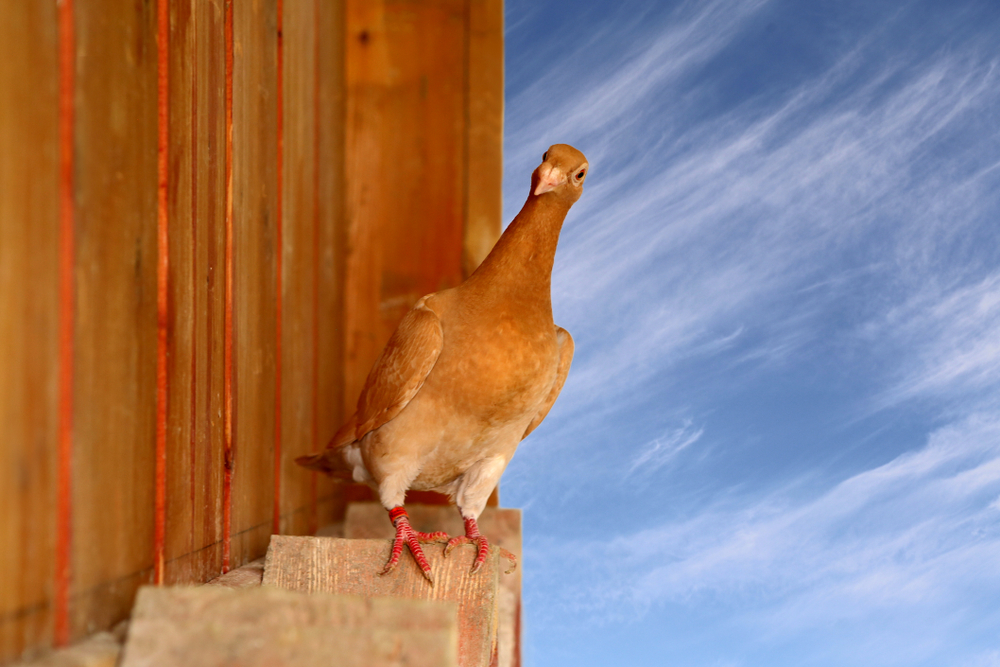
If humans had built-in compasses in their brains, we might never get lost again. Birds, however, do seem to have this incredible ability. One of the most fascinating discoveries about bird migration is their ability to sense the Earth’s magnetic field. It’s believed that specialized cells in their eyes or brains allow them to detect magnetic fields, essentially giving them an internal GPS. This ability, called magnetoreception, helps them orient themselves during their long journeys, even when skies are cloudy or familiar landmarks disappear.
But how do they actually “see” the magnetic field? Some research suggests that birds may perceive it as a sort of visual overlay, like a transparent map superimposed over their surroundings. Others believe tiny particles of magnetite, a naturally magnetic mineral, exist in their beaks or brains, allowing them to detect directional changes. However they do it, this skill allows birds to travel thousands of miles, often returning to the exact same nesting sites year after year.
3. Using the Sun and Stars as a Celestial Compass
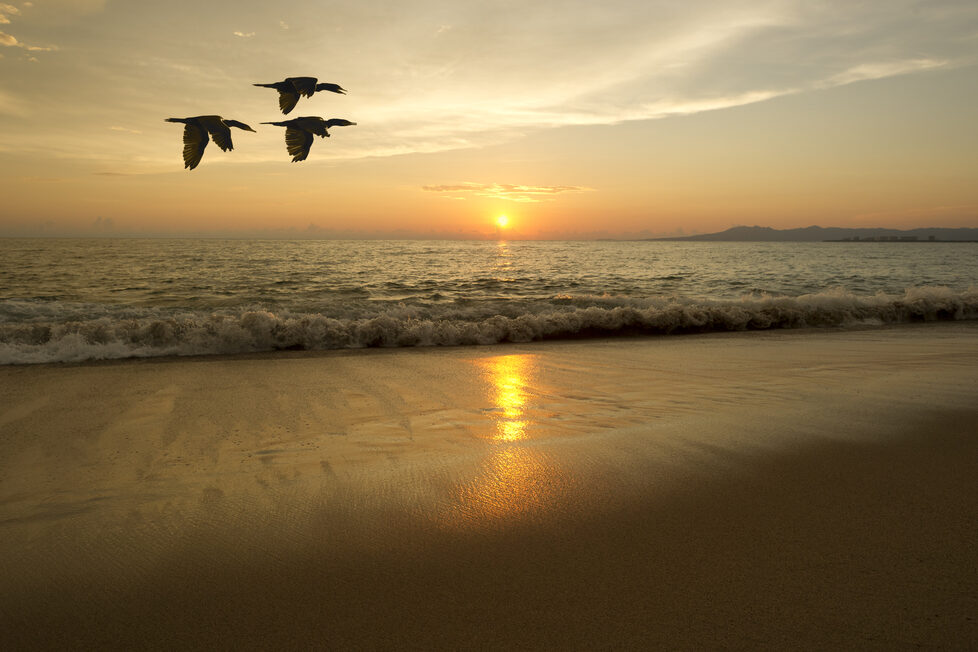
Long before humans invented maps or GPS, birds were already experts in celestial navigation. Many migratory species rely on the sun’s position during the day and the stars at night to stay on course. This method is especially crucial for long-distance travelers, like Arctic terns, which migrate between the Arctic and Antarctic every year. Even on cloudy days, birds can still sense the sun’s position through polarized light patterns in the sky, allowing them to adjust their direction accordingly.
For nighttime migrants, the stars provide a reliable guide. Studies have shown that birds raised in a planetarium will adjust their flight patterns based on the arrangement of the stars, proving that they instinctively know how to use constellations for navigation. The North Star, which remains fixed in the night sky, serves as a key reference point for many species. This ability to read the sky and make precise course corrections is a skill that even the most advanced human navigators would envy.
4. Following Landmarks and Scent Trails

While high-tech navigation tools like magnetoreception and celestial guidance are impressive, some birds take a more straightforward approach—they memorize the landscape. Rivers, coastlines, mountain ranges, and even man-made structures like highways can serve as visual cues that guide birds along their migration paths. This is particularly true for species that take the same routes year after year, refining their internal maps with each journey.
In addition to visual landmarks, some birds are thought to use their sense of smell to navigate. Recent studies suggest that homing pigeons, for example, create “olfactory maps” based on scent cues from different regions. By associating specific smells with locations, they can recognize when they’re on the right path—or when they need to adjust their route. While not all birds rely on scent, those that do have yet another tool in their already impressive navigational toolkit.
5. Learning from Experience and Social Cues
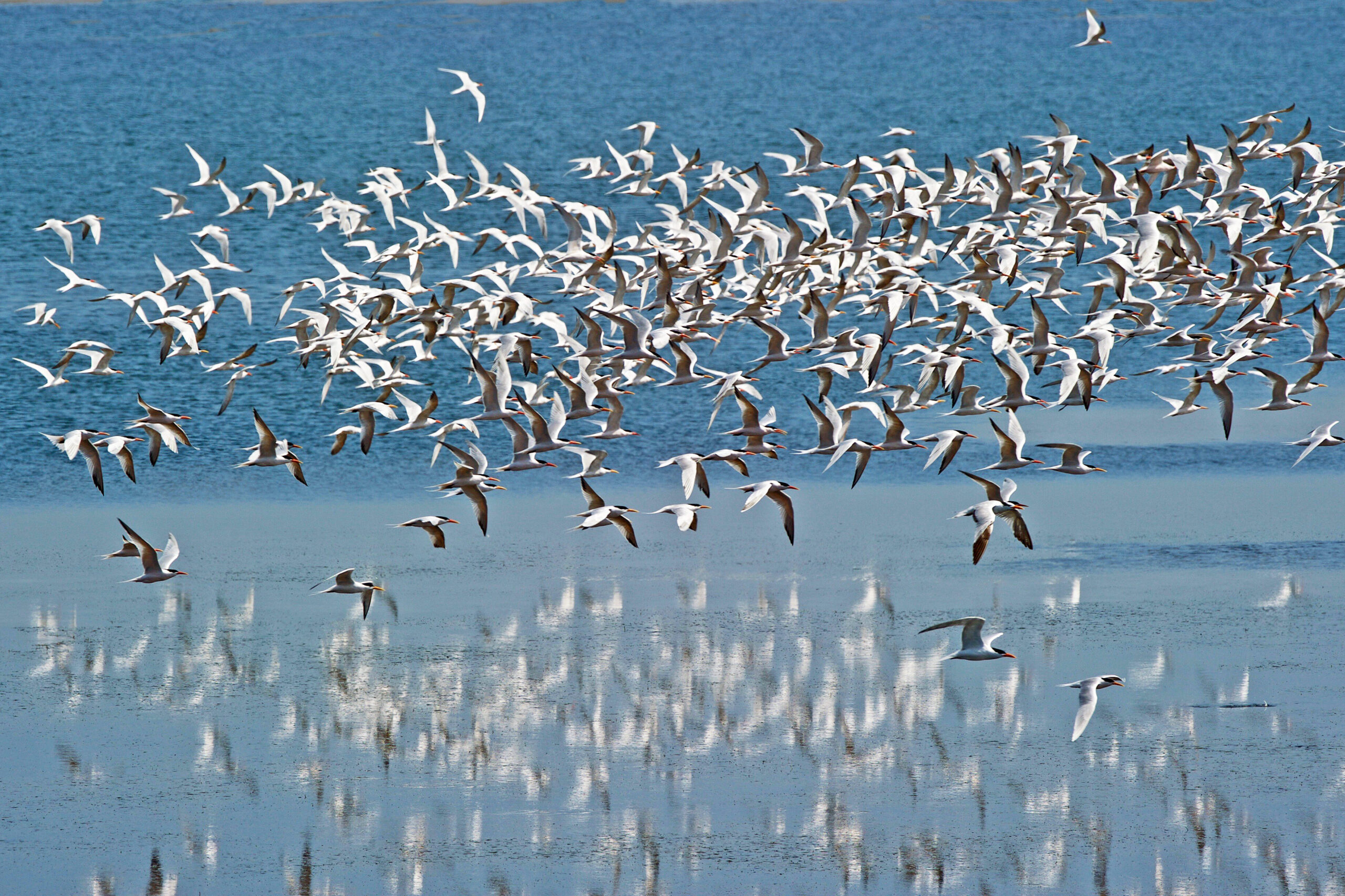
Not all birds migrate alone—some travel in flocks, where older, more experienced birds help guide the younger ones. In species like geese and cranes, migration routes are learned behaviors passed down through generations. Young birds fly with their parents or other experienced individuals, memorizing the route and refining their skills for future journeys. This social learning process ensures that critical migration knowledge isn’t lost.
Even solitary migrators may rely on past experience to improve their navigation. Birds that migrate annually can adjust their routes based on previous trips, learning from past mistakes and environmental changes. This adaptability is crucial as climate change and human development alter landscapes, forcing birds to modify their traditional paths. While instinct plays a massive role in migration, experience and social learning are just as important in ensuring birds find their way.
6. The Role of Genetics: Born Knowing Where to Go

Some birds don’t need a map, a teacher, or even past experience—they’re simply born with an internal blueprint for migration. Scientists have discovered that in certain species, migration routes are hardwired into their DNA. Even if young birds are raised in isolation, they will instinctively take off in the right direction when migration season arrives. This suggests that some aspects of navigation are inherited rather than learned.
One striking example is the blackcap warbler, a small songbird with multiple migration routes. When scientists studied young warblers from different populations, they found that each group naturally oriented itself toward its inherited migration path, even if raised in captivity. This genetic programming ensures that even birds making their first solo migration can reach their destination with remarkable accuracy. While experience and environmental factors can fine-tune migration, this innate sense of direction is a powerful survival tool.
7. The Challenges of Migration: When Things Go Wrong
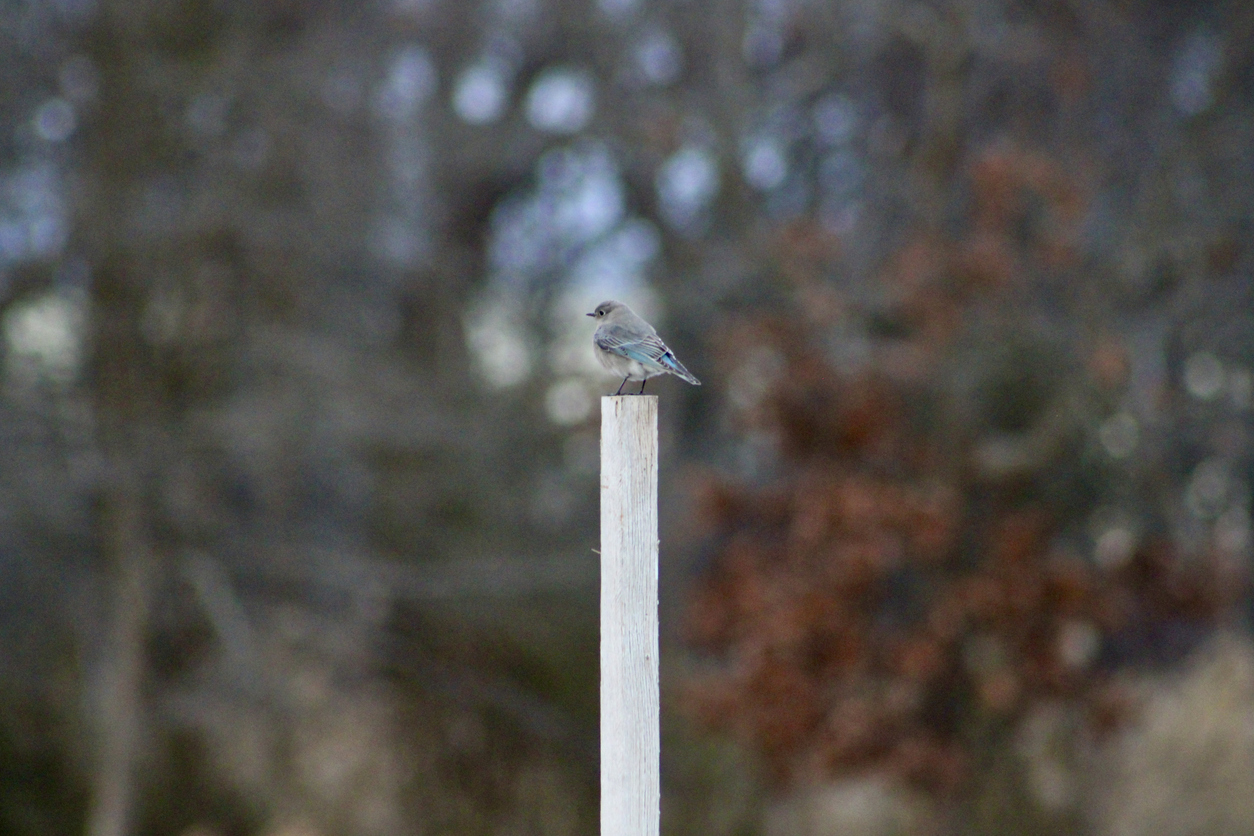
Despite their incredible navigational skills, birds don’t always make it to their destination. Storms, habitat destruction, and human-made obstacles like skyscrapers and light pollution can throw them off course. Sometimes, birds get lost or wind up in places they were never meant to be. These accidental detours, called vagrancy, can result in rare bird sightings far outside their normal range.
Climate change is also making migration more unpredictable. Shifting weather patterns and altered landscapes force birds to adjust their routes, often leading to longer and more dangerous journeys. Some species are even changing their migration timing, arriving earlier or later than usual. While birds have evolved to be expert travelers, modern environmental challenges are pushing their navigational abilities to the limit.
8. The Future of Bird Migration: Can We Help?

Scientists are working hard to understand how birds migrate and what we can do to protect their routes. Conservation efforts include preserving critical stopover sites, reducing light pollution, and mapping out key migration corridors. Tracking technology, such as GPS tags and radio transmitters, has provided invaluable insights into how birds navigate and how human activity affects them.
The more we learn, the better we can help birds continue their extraordinary journeys. Whether it’s by planting bird-friendly habitats, reducing window collisions, or supporting conservation initiatives, small actions can make a big difference. Bird migration remains one of nature’s greatest mysteries, but one thing is clear—these feathered travelers have an astonishing ability to find their way, no matter how far they have to go.


